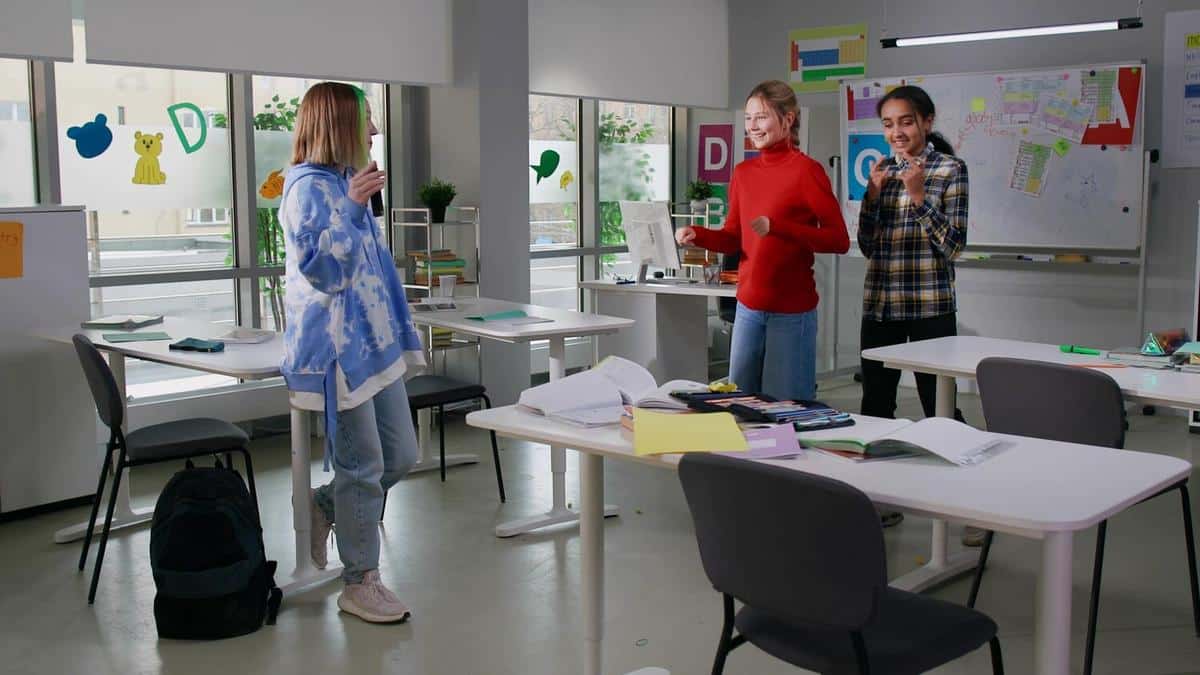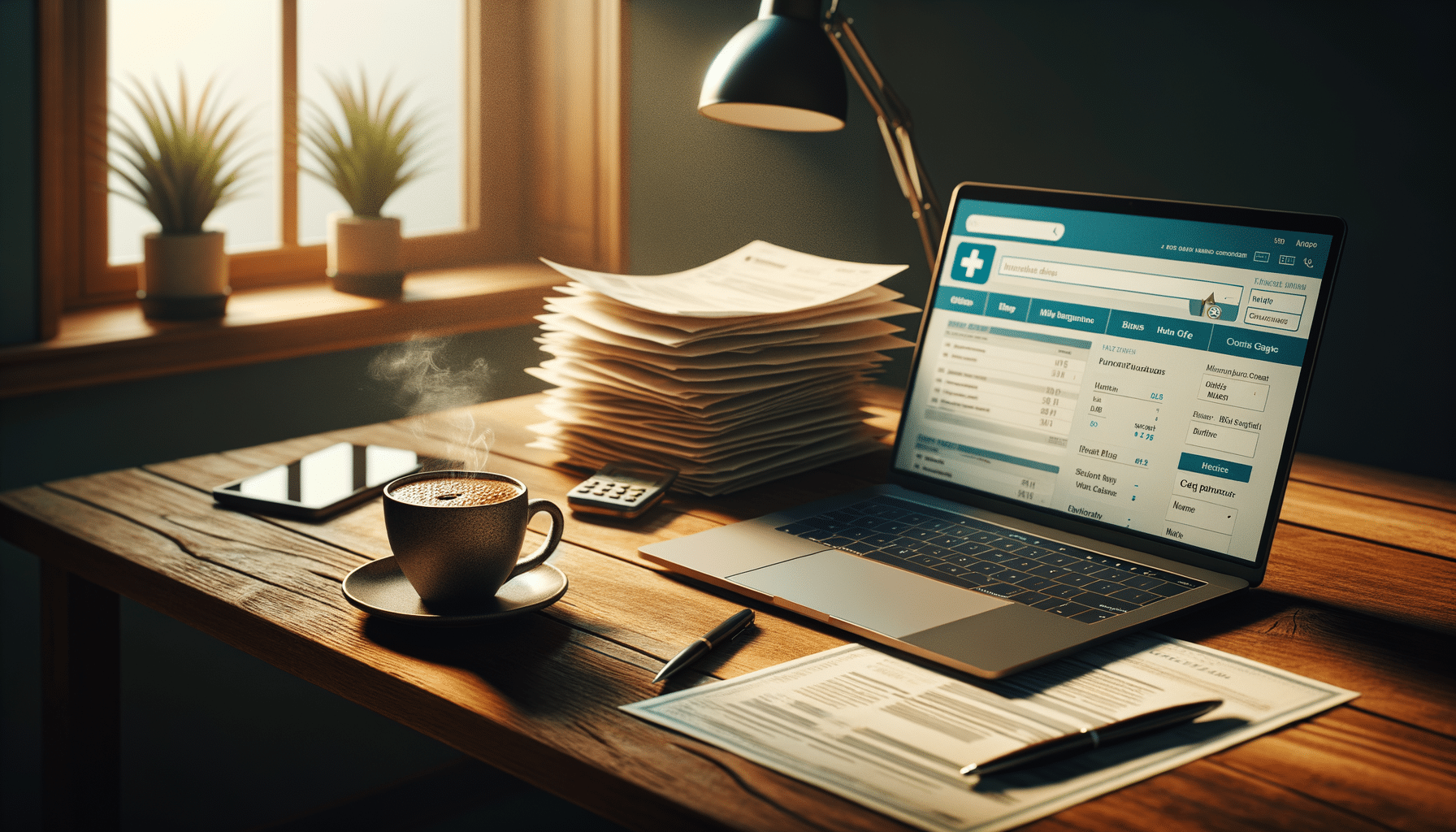
How to Foster Creativity Through Classroom Design
The design of a classroom can significantly influence the creativity and learning experience of students. By thoughtfully arranging the space and incorporating key elements, educators can create an environment that nurtures innovation and creativity.
Understanding the Role of Classroom Design
Classroom design goes beyond mere aesthetics. According to a study published by the University of Salford, well-designed classrooms can boost learning progress by 16% in a year. This highlights the importance of considering elements such as lighting, color, and furniture arrangement when planning a classroom. Dr. Susan Smith, an educational psychologist, emphasizes that ‘the physical environment can either enhance or hinder the learning process.’
Key Elements of a Creative Classroom
- Flexible Seating: Allowing students to choose their seating arrangements can enhance comfort and collaboration.
- Natural Lighting: Maximizing natural light can reduce stress and improve concentration.
- Incorporating Technology: Interactive whiteboards and tablets can make learning more engaging and interactive.
Actionable Tips for Educators
To foster creativity, consider these strategies:
- Use of Color: Bright colors can stimulate creativity, while soft tones can promote calmness.
- Spaces for Collaboration: Create areas where students can work together on projects.
- Display Student Work: Showcasing students’ achievements can boost their confidence and inspire others.
Pro Tip: Rotate displays and seating arrangements regularly to keep the environment dynamic and engaging.
Practical Examples
Consider the example of Lincoln Elementary School, where classrooms with movable walls facilitate both individual and group activities, fostering a flexible learning environment. Another school, Maplewood High, uses a mix of traditional desks and standing tables to accommodate different learning styles.
Comparing Classroom Designs
| Design Aspect | Traditional Classroom | Creative Classroom |
|---|---|---|
| Seating | Fixed desks | Flexible, movable seating |
| Lighting | Fluorescent lights | Natural light, varied lighting options |
| Technology | Limited tech use | Integrated tech tools |
| Collaboration | Minimal space for group work | Dedicated collaborative areas |
| Color Scheme | Neutral tones | Vibrant, stimulating colors |
| Displays | Static decoration | Rotating student work displays |
| Furniture | Standard desks and chairs | Ergonomic and varied furniture |
| Environment | Structured and rigid | Flexible and adaptable |
FAQs
How can I start redesigning my classroom?
Begin by assessing the current layout and identifying areas for improvement, focusing on flexibility and student engagement.
What if my school has limited resources?
Get creative with what you have. Rearrange existing furniture and use student artwork to refresh the space.
Conclusion
Fostering creativity in the classroom through thoughtful design is not only possible but essential for modern education. By implementing these strategies, educators can create an environment that encourages innovation and enhances learning experiences. Remember, even small changes can lead to significant improvements in student creativity and engagement.


